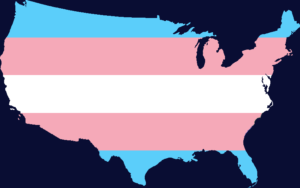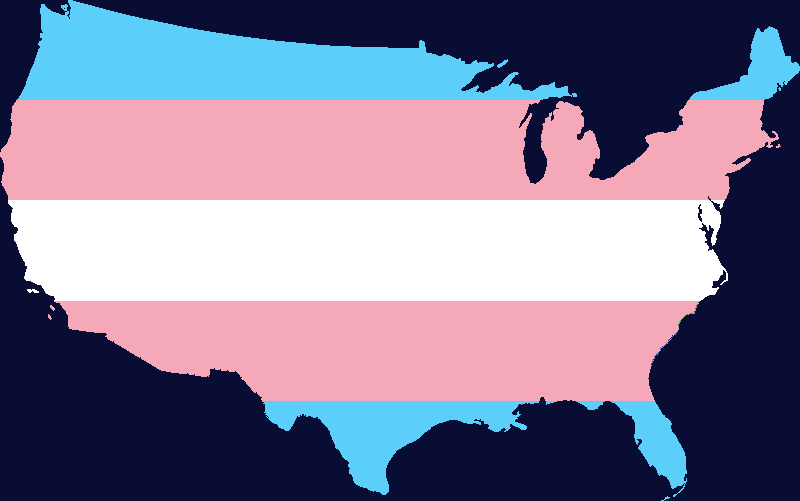 As more transgender men, women and gender-variant people come out every year and ask to be acknowledged by their families, friends and coworkers, the challenges they and their loved ones face are constantly changing. While there is certainly safety in increasing numbers, and as society more readily accepts the trans and non-binary community, other threats have appeared, making the landscape constantly variable and potentially hazardous in new ways. That’s why the Transgender Day of Visibility (March 31) gains increasing importance every year.
As more transgender men, women and gender-variant people come out every year and ask to be acknowledged by their families, friends and coworkers, the challenges they and their loved ones face are constantly changing. While there is certainly safety in increasing numbers, and as society more readily accepts the trans and non-binary community, other threats have appeared, making the landscape constantly variable and potentially hazardous in new ways. That’s why the Transgender Day of Visibility (March 31) gains increasing importance every year.
With Trump’s tempestuous presidency only a quarter over, transgender Americans are seeing the gains they made under the Obama administration rapidly diminish. Last year more than 100 religious “liberty bills” and bathroom bills were introduced across the nation. This month, the US Census Bureau announced they would not collect data on gender identity (nor sexual orientation) in the upcoming 2020 census, which many LGBT advocacy groups decried as unfair and intentionally harmful. And with Trump’s repeated attempts to enact a transgender ban in the military, there is more restless unease in the trans community than anytime in the last decade.
The Trump Administration is far from the only challenge the transgender community faces. A Human Rights Campaign study estimates trans women face 4.3 times more risk of being murdered compared to cis-gender women in the U.S. According to TransEquality.org, one in five transgender people in the United States has been discriminated against when seeking a place to live, and more than one in ten have been evicted from their homes, simply because of their gender identity. And OutandEqual.org documents that the transgender unemployment rate is three times higher than the national average.
In this context, the visibility of trans people is crucial. The Transgender Day of Visibility was created in 2009 by the trans activist Rachel Crandall, and is now spearheaded by the youth advocacy organization Trans Student Educational Resources. Primarily a social media exercise, the TDoV is celebrated with thousands of Facebook posts, Instagram selfies, tweets and more. It’s a way for trans people to celebrate themselves, and to be celebrated by others. It’s also an excellent way to raise awareness of trans issues, and to normalize what was once a fringe population, but which has gained remarkable attention in our culture in the last few years. Much like gays and lesbians in the ’90’s and 2000’s, trans people are finding greater acceptance among family, in the community and at the workplace. Added focus on trans issues in education, the media and in the medical community have made inroads on trans mortality and suicide.
In addition, more Americans report personal relationships with transgender individuals. The percentage of Americans who know a trans person has increased in the past two years by nearly 200 percent, according to the Human Rights Campaign. Of nearly one thousand American voters surveyed, 35 percent said they personally know a transgender person. That percentage has more than tripled over the past several years, up from 9 percent in 2013.
It’s been well documented that people who personally know a trans individual are more likely to have positive views toward the group as a whole. In a recent survey, TakePart.com reports almost 70 percent of people who personally know a trans person said they have a favorable view toward the population. Of Americans who didn’t know a trans person, less than 40 percent had favorable views of the community.
Despite setbacks, things have improved over the decades, but the battle for equality is far from over. With every year, on the Trans Day of Visibility, more and more trans people come out and publish their stories, their images, their challenges and their pride. It’s a way for them to reclaim a bit of power, to show some dignity and love—self- and otherwise—and to shine before their friends and families. If you know a transgender person, March 31 is a perfect day to reach out and give them some support.

There are no comments
Add yours